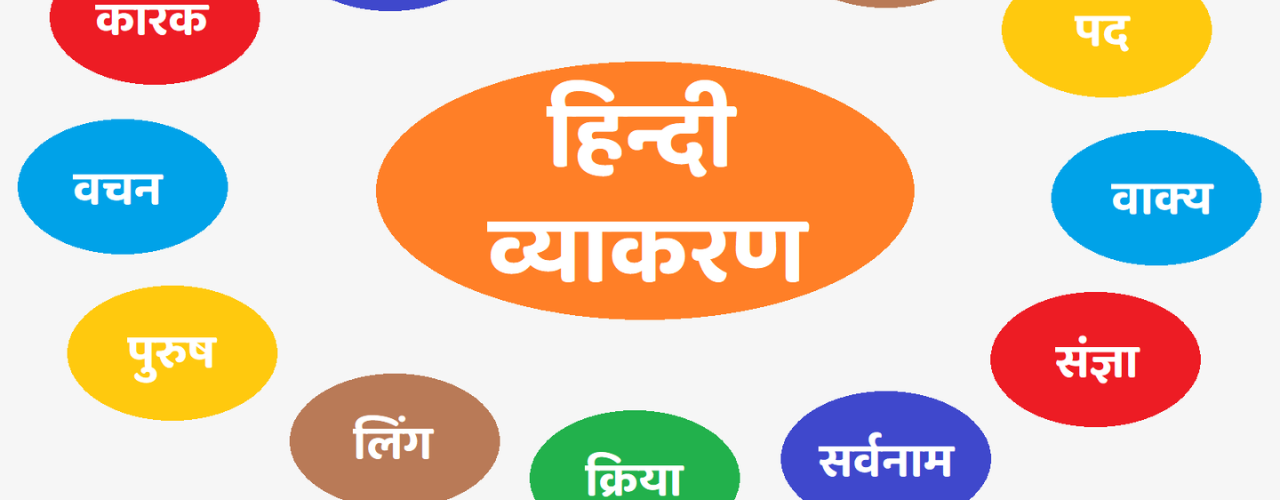 Introduction
Introduction
Language is an intricate tapestry woven with various linguistic elements that make it beautiful, expressive, and unique. Among these elements, “Ling-Sandhi,” also known as gender agreement, holds a significant place in languages like Hindi, Sanskrit, and many others. Ling-Sandhi involves the modification of words based on the gender of the nouns they are associated with, adding an aura of grace and cultural significance to the language. In this blog, we will explore how Ling-Sandhi highlights the uniqueness of names for individuals, clothing, and vehicles, reflecting the rich cultural heritage and diverse identities within our society.
- Understanding Ling-Sandhi and Its Significance
Ling-Sandhi is a linguistic phenomenon that plays a vital role in several Indian languages, including Hindi. It involves the fusion of two or more words to create new ones based on the gender of the nouns involved. This not only adds a harmonious cadence to the language but also imparts a sense of cultural identity and symbolism to the words used. By exploring the application of Ling-Sandhi in names for individuals, clothing, and vehicles, we can appreciate the intricate connection between language and cultural expression.
- Personal Names and Ling-Sandhi
Personal names are a reflection of a person’s identity and are often chosen with care and significance. In Indian cultures, names are sometimes derived from Sanskrit or Hindi words that exhibit Ling-Sandhi. Understanding the linguistic aspects of names allows us to appreciate the cultural nuances and the meaning they hold. By analyzing the gender-based modifications of names, we can better comprehend the societal values and historical heritage associated with them.
- The Elegance of Ling-Sandhi in Clothing Terminology
Clothing plays a crucial role in expressing cultural diversity and aesthetics. Names for various garments and clothing items often feature Ling-Sandhi, enriching the language with rhythmic and melodic expressions. Exploring the linguistic intricacies of clothing terminology reveals the artistry behind the words and how they mirror the cultural significance attached to different attires.
- Symbolism and Ling-Sandhi in Vehicle Names
Vehicles are not merely modes of transportation; they often carry symbolic significance and are given names that represent power, elegance, or historical references. Ling-Sandhi can be found in the names of cars, bikes, and other vehicles, imparting a unique charm to their identity. By deciphering the gender-based elements in these names, we gain insights into the symbolic representation of vehicles and the cultural contexts in which they are used.
- Cultural Diversity and Linguistic Unity
Ling-Sandhi reflects the rich cultural diversity and linguistic unity within Indian languages. As names for individuals, clothing, and vehicles evolve over time, they adapt to regional dialects and social norms, further reflecting the dynamic nature of language and culture. Understanding the application of Ling-Sandhi in different contexts helps us appreciate the unifying thread that binds diverse linguistic traditions together.
- Challenges and Evolution
While Ling-Sandhi adds to the beauty and uniqueness of language, it can also pose challenges for learners and speakers not familiar with gender agreement-based languages. Mastering the intricacies of Ling-Sandhi requires dedication and practice, but it is a testament to the richness and depth of language. As languages continue to evolve, contemporary usage of Ling-Sandhi may adapt to suit modern sensibilities while preserving its cultural essence.
- Ling-Sandhi in Literature and Art
Literary works, poems, and artistic expressions have extensively used Ling-Sandhi to create melodic and rhythmic compositions. Examining the application of Ling-Sandhi in classical and contemporary literature allows us to experience the magical charm of this linguistic phenomenon and its role in shaping cultural narratives.
Conclusion
In conclusion, Ling-Sandhi is a fascinating linguistic element that enriches Indian languages, allowing us to express the uniqueness of names for individuals, clothing, and vehicles. This gender agreement-based phenomenon reflects the cultural diversity and richness of our society. By understanding the linguistic intricacies of Ling-Sandhi, we embrace the beauty of language and celebrate the distinctiveness of cultural identities encoded within it. As we explore the relationship between Ling-Sandhi and cultural expressions, we come to realize the profound impact language has in shaping our perception of the world around us.
